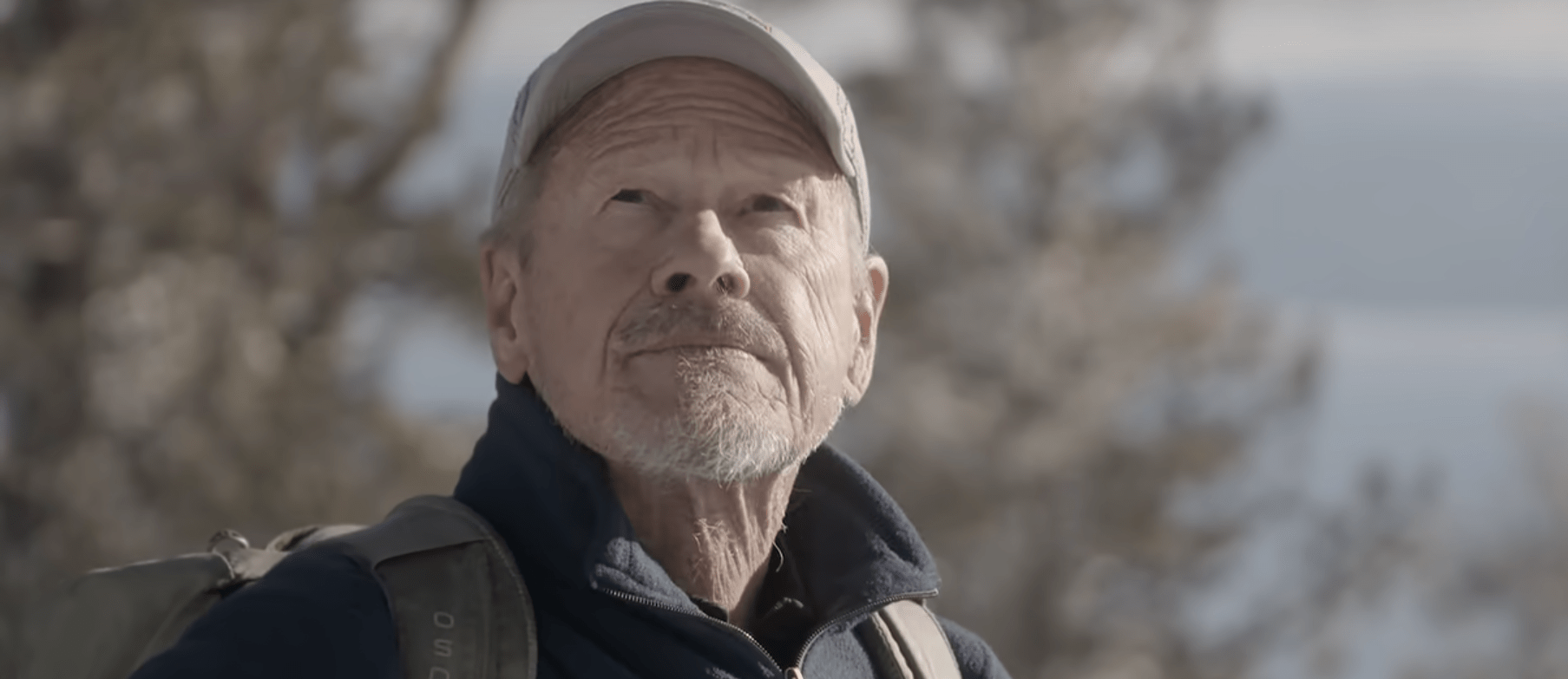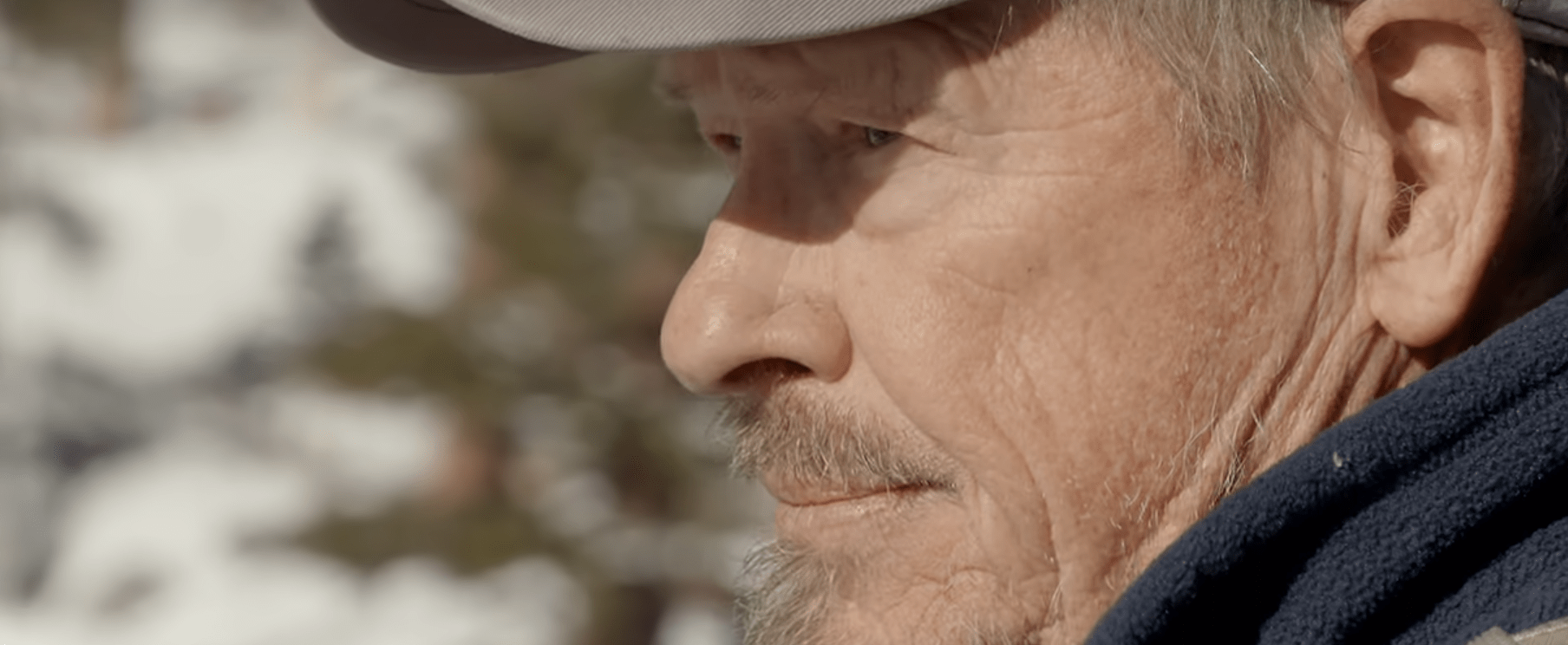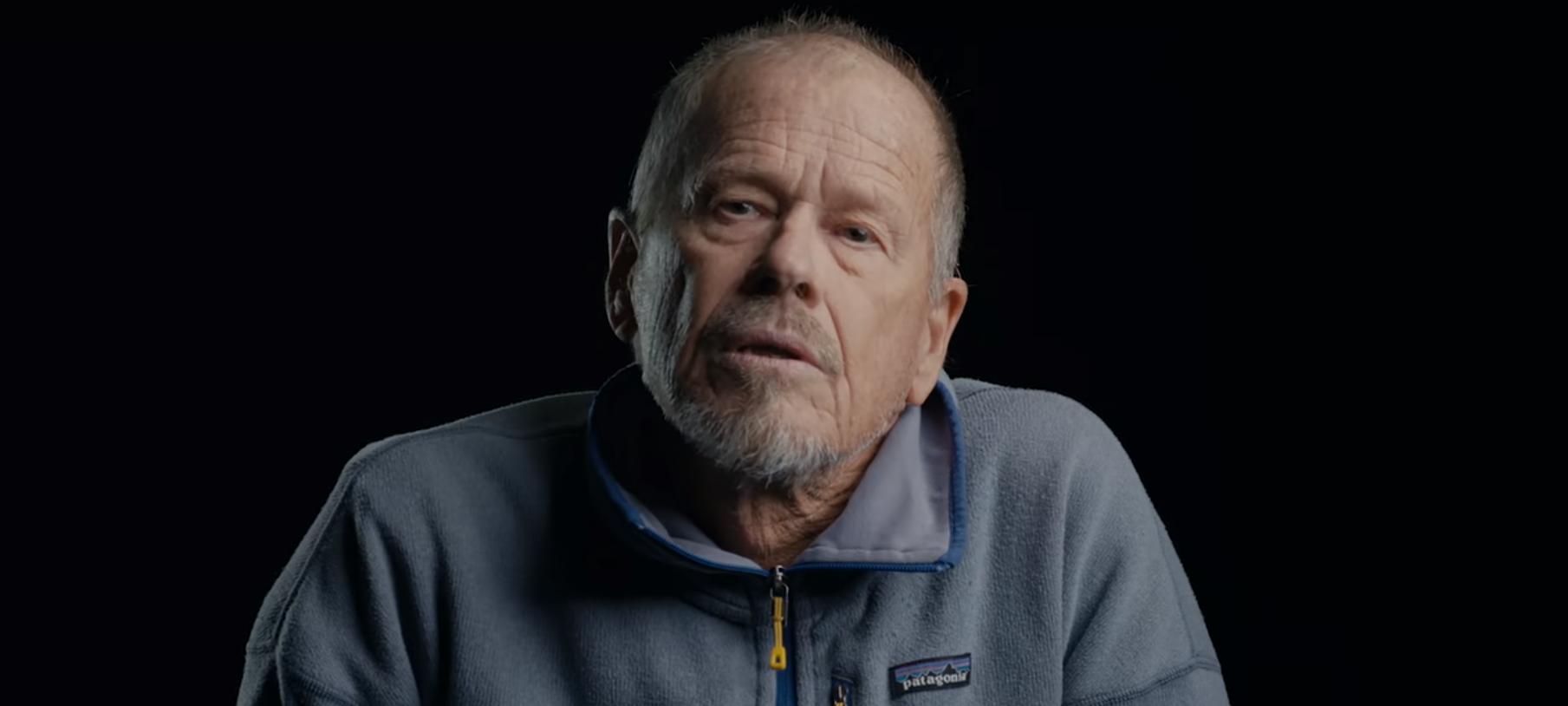Jim Plehn was the avalanche forecaster when the Alpine Meadows avalanche of 1982 killed seven people, including the former’s friends. After the tragedy, Jim was an integral part of the rescue team that discovered the dead bodies of the victims. He also played a pivotal part in developing the avalanche protocol of the time, which made him responsible for the tragedy in the eyes of some. Steven Siig and Jared Drake’s documentary ‘Buried: The 1982 Alpine Meadows Avalanche’ explores the disaster through the eyes of Jim and his friends, in addition to giving a glimpse into the current whereabouts of the then-forecaster.
What Happened to Jim Plehn?
At the time of the 1982 Alpine Meadows avalanche, Jim Plehn was a thirty-three-year-old who was promoted to the position of an avalanche forecaster. He previously served as a ski patroller. After the avalanche hit the Alpine Meadows, Jim and others started searching for the people affected by the same. He, along with Bob Blair, transported the dead bodies to the coroner as well. At one point, Jim had to call the search off to safeguard the rescue team from the threatening climate.

“When it was all over, we were at the fire station, our rescue headquarters, and I completely fell apart,” Jim told Megan Michelson of Outside about the decision. “I was completely emotionally exhausted and wrung out. I started crying, just bawling my eyes out,” he added. When few of the victims’ families moved forward with a lawsuit alleging wrongful death of their loved ones, Jim’s hazard forecasts and avalanche control procedures came under scrutiny. However, the jury found the ski patrol non-negligent, which cleared the forecaster’s name.
“That was a huge healing moment for me. I don’t feel that we made any mistakes, and a jury agreed with that. But it has occurred to me: What if the verdict went the other way?” Jim said in the same interview given to Michelson.
Where is Jim Plehn Now?
After the tragedy, Jim left the skiing area to become a mountaineer and construction worker. “I’m done, you know, being that guy that’s in the hot seat all the time. I just had had enough at that point. After quitting doing that and going into this, sort of, more regular working world and becoming just a construction guy. I had a hard time there for a while,” Jim said in the documentary he worked for ten years to make. He is still struggling with the experience of losing companions over decades ago. When life gets tougher, he becomes a mountaineer.

“His [Jim’s] way to deal with it, I think, when things get tough, he’ll be quiet. He’ll get quiet and I’ll try to get hold of him and I am sure he is off somewhere climbing some mountain by himself and that’s how he deals with it,” Dick Tash, Jim’s best friend, said in the documentary. Jim is dealing with the trauma caused by the disaster and he wanted to make the documentary to dive into the same with the help of the directors Siig and Jared. “A big part of the film is talking about PTSD and the effects of an incident like this on the people involved, especially the rescuers. As Jared and Siig started working with us, they could see the imprint of PTSD on each of us,” Jim told Michelson.
Jim still feels responsible for some “elements” of the tragedy. For a long time, he wondered why he wasn’t in the way of the avalanche instead of his friends, only for him to question how he deserved to survive the same. The former forecaster was bothered about how his colleagues, especially then-assistant patrol director Larry Heywood, questioned his decisions. “Maybe, Larry is the guy in my subconscious that haunts me to this day,” he added in the documentary. Larry, however, does not blame Jim for the tragedy. “I said it in the film, and I’ll say it again here: Jim didn’t screw up. Nobody did,” he clarified in a Q&A session.
Along with mountaineering, Jim was also committed to environmental preservation. He built a “green fence” of willows and several other soil-stabilizing plants along a part of the Truckee River as a trespassing deterrent and a riverbank stabilizer.
Read More: Anna Conrad: Alpine Meadows Survivor is Now Working at a Ski Resort


You must be logged in to post a comment.